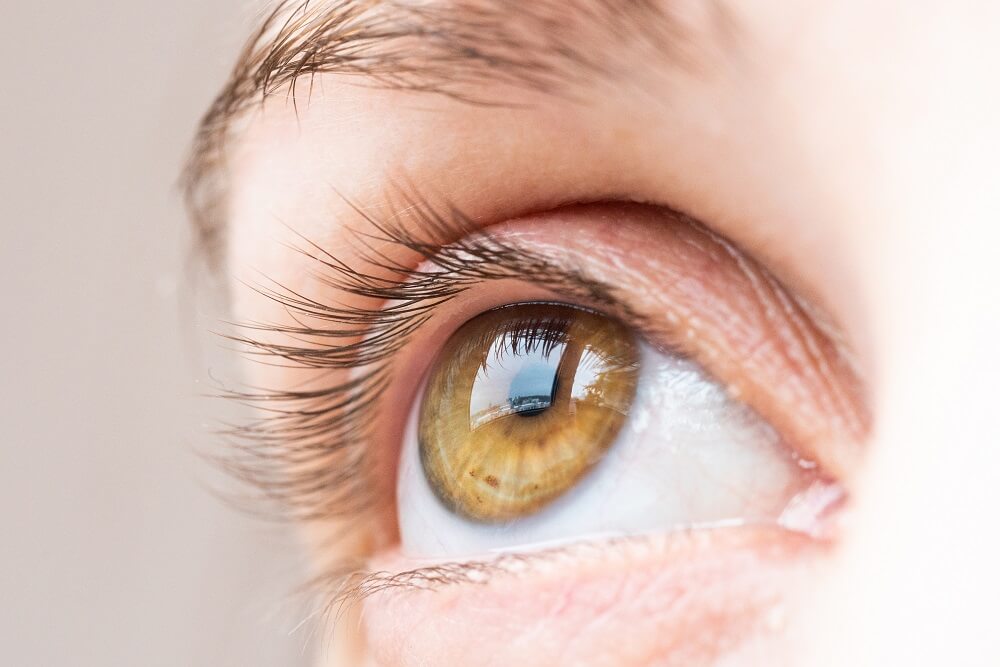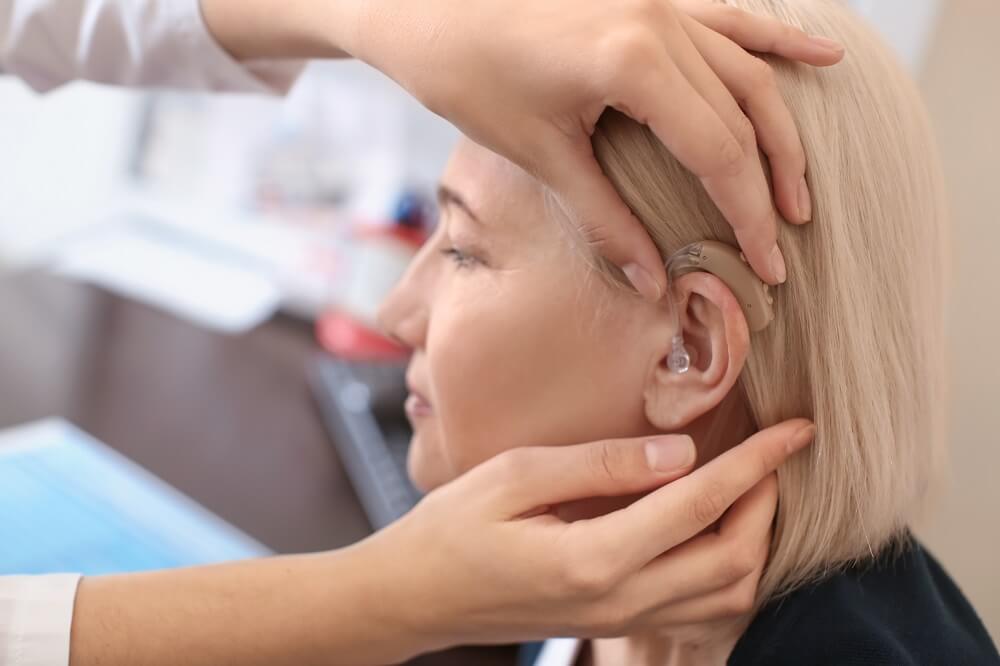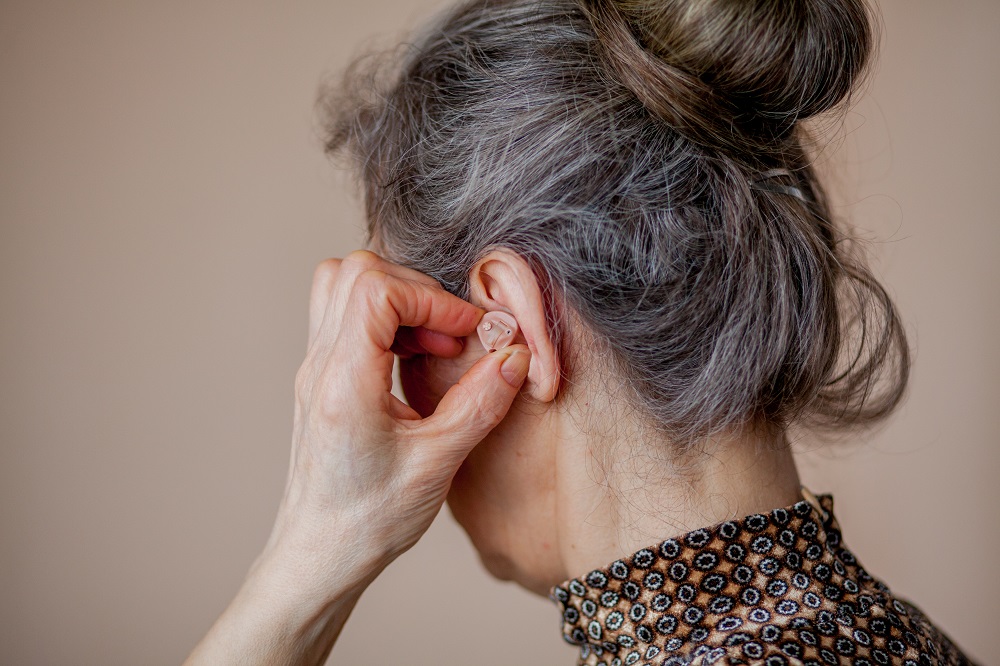Q. When would you need cataract surgery?
A. If you want to get your cataracts problem treated, you need to undergo cataract surgery. Cataracts can give you blurry vision and give you a sensitivity to light eyesight, turning your daily-life activities troublesome. This is when your doctor will advise you to have cataract surgery.
Q. Eye Care & Some Common Eye Conditions
A. People of all ages may be affected by eye disease and visual impairment; stress and fatigue can usually be the cause of poor vision. This frequency of eye diseases and impairments is rapidly growing among people of all ages. Not all visual impairments are created equal; so if you have some type of visual impairment it is not necessarily going to lead to eye disease. It is important to understand some different eye diseases, in order to be mindful of your own health.
The term low vision is defined as “limited vision”, meaning you end up seeing less than the average person. We have classified the types of diseases into minor and major age related ones, plus genetic eye conditions:
Minor Age Related Eye Conditions Presbyopia (farsightedness)
Presbyopia is a common form of defective vision. As we age, the lens loses its elasticity and the eye’s ability to focus on nearby objects tends to decrease. A sharp near vision is therefore no longer possible without appropriate correction. Age related (far) sightedness (presbyopia) is not a disease but a normal, age-related loss of function. For a certain period of time, you can compensate this gradual but inevitable decline in your eyes’ focusing ability by getting the reading material farther and farther away from your eyes. But eventually, you will have to wear reading glasses, with multifocal lenses or progressive lenses in order to cause less strain on your eyes.
Dry Eyes
It is common that the natural tears produced from our eyes slow down as we age (most common with women particularly after menopause). Artificial tears can suffice in most cases of dry eyes, helping you with stinging, burning, sensitivity to dust, or other discomforts commonly associated with dry eyes.
Peripheral Vision Loss
Peripheral vision loss is associated with normal ageing, characterized by the gradually decreasing size of our visual field, roughly at a rate of one to three degrees with every passing decade of life. Moderate and severe cases of peripheral vision loss create the sensation of seeing through a narrow tube, a condition commonly referred to as “tunnel vision.”
It has been estimated that peripheral visual field loss is anywhere between 20 to 30 degrees by the time you get to 70s and 80s. If you suspect you have lost peripheral vision, see your eye doctor for a comprehensive eye exam that includes visual field testing.
If you have a sudden decrease in peripheral vision, see your eye doctor immediately.
Receding Color Vision
Color vision deficiency is the inability to distinguish certain shades of color. The term “color blindness” is also used to describe this visual condition, but very few people are completely color blind. Most people with color vision deficiency can see colors, but they have difficulty differentiating between particular shades of reds and greens (most common) and blues and yellows (less common). People who are totally color blind, a condition called achromatopsia, can only see things as black and white or in shades of gray. Color vision deficiency can range from mild to severe, depending on the cause. It affects both eyes if it is inherited and usually just one if it is caused by injury or illness. Of all colors, blue is the one that appears most faded or washed out due to receding color vision. Most of the times, there is no viable treatment for this type of age related loss of color perception. People in certain professions (like artists and electricians) are the first ones to notice their gradually dwindling ability to finely differentiate between various shades and colors. However, your fading color vision may be restored if it is because of some other underlying cause. For example, if it is due to cataracts, a cataract surgery can help restore and recover much of the loss.
Cataract
A cataract is a cloudy or opaque area in the normally clear lens of the eye. Depending upon its size and location, it can interfere with normal vision. Most cataracts develop in people over age 55, but they occasionally occur in infants and young children. Usually cataracts develop in both eyes, but one may be worse than the other.
Cataract Surgery
Cataract surgery is all about removing the faulty lens in your eye, and in majority of the scenarios, replacing it with an artificial lens. In fact, it is among one of the most frequently and successfully carried out eye surgeries worldwide. An ophthalmologist normally carries out a cataract operation, and in most cases, you don’t even need to stay in the hospital after the surgery is done – so you get it done as an outpatient.
Moreover, there are also alternatives like ‘multifocal lens implants’ and ‘accommodating intraocular lenses’, capable of potentially restoring all ranges of vision, thus eliminating your need for reading glasses. Though some consider cataracts as serious age-related eye disease, due to the widespread presence of it among seniors.
Q. Major Age Related Eye Diseases
A. Macular Degeneration
Macular Degeneration (MD) or Age Related Macular Degeneration (AMD) is a painless eye disease that causes loss in your central vision (while peripheral vision is not affected). There are two main types of AMD – the dry AMD and the wet AMD. Approx. 80% of people are affected by dry AMD. Macular Degeneration is the most common cause of vision loss in people over the age of 55.
Glaucoma
Glaucoma is caused when pressure builds up inside the eye, damaging the optic nerve that connects the eye to the brain. If it’s not treated on time, it can cause irreversible blindness. Once you go above 40, your odds of developing glaucoma grows with every passing decade, i.e. from 1% when you’re in your 40s to as high as 12% through your 80s. Glaucoma can be difficult to diagnose because symptoms don’t appear straight away – instead, they develop slowly over many years. This means many patients only seek treatment when they notice they’re losing their sight, when significant damage has already occurred.
Ametropia
We have all heard words like nearsighted, farsighted, myopia, hyperopia, hypermetropia, and astigmatism. All of these are terms used to describe different types of ametropia, or refractive error. Optically, refractive error is relatively simple to understand. In an eye with no refractive error, light enters the eye and is refracted (i.e. bent) in such a way that if falls precisely on the retina. The retina is a thin, multilayered structure at the back part of the eye, and its job is to relay the visual information from the eye to the brain. In other words, ametropia, which is often caused by a congenital malformation, refers to vision disorders characterized by the eye’s inability to correctly focus the images of objects on the retina. Its forms include myopia (nearsightedness), hyperopia (farsightedness), and astigmatism. In most cases of ametropia can be corrected, either by wearing glasses or contact lenses, or by surgery. The most common eye diseases are myopia and hyperopia. With myopia, the eyeball is too long and the object is displayed in front of the retina. A diverging lens (concave lens) may correct this common vision problem. In the case of hyperopia, the eyeball is too short and the object appears behind the retina. In this case, a positive lens (positive lens) is used to correct the vision problem.
Retinitis Pigmentosa (RP)
Retinitis Pigmentosa (RP) is an inherited retinal disease causing progressive loss of night and peripheral vision. The condition often leads to legal and sometimes complete blindness. RP is also a collective name given to a group of rare, genetic disorders resulting in retinal disintegration, slowly damaging rods and cones, the photoreceptor cells found in the retina. The damaged rods and cones result in affecting the peripheral vision and central vision respectively.
Vision becomes more constricted over time. If and when the disease progresses and cones become affected, visual acuity, color perception, and central vision are diminished. RP is typically diagnosed in children, adolescents and young adults. It is a progressive disorder. The rate of progression and degree of visual loss varies from person to person. Many people with RP are legally blind by age 40, with a central visual field of less than 20 degrees in diameter.
Prevention of Visual Impairment
Detection and prevention are the keys to healthy eyes, and much like your car needing scheduled maintenance and service, so do your eyes. Annual eye exams with your Optometrist or Ophthalmologist can benefit you by preventing and or slowing the process of some of these diseases.
Q. When Should You Consult an Ophthalmologist?
A. You should consult an ophthalmologist when are exposed to one of the following:
- Sudden loss of vision, which does not return within an hour
- Severe eye pain
- Perception of light flashes or colored rings around lights
- Perceiving “dirty rain”: black flakes trickle from the top down through the visual field
- Foreign body in the eye
- Chemical burns in the eye
- Injuries caused by cutting and impacts
- Sudden double vision
Early Detection is the Best Cure
Annual eye exams with your Optometrist or Ophthalmologist can benefit you by preventing and or slowing the process of some of these diseases and conditions listed above. Detection and prevention are the key to healthy eyes. Many eye conditions usually develop slowly. Gradually, the vision or sensitivity to light deteriorates. What is often dismissed as a sign of age may be a serious eye disease. Therefore, the earlier an eye disease is detected, the better the chances are for successful treatment. Visual impairments often develop gradually and stay unnoticed, and only an eye test brings certainty about the quality of your eyes.
Eye Test
The first indicators of possible vision problems can be detected by a quick eye exam. The exam will test distance and near vision, color acuity and vision ability.
Q. How often should I have my eyes tested?
A. Whether some minor eye problem or a major eye disease, a regular eye exam remains one of the best ways to stay away from eye diseases and eye problems. This helps doctors find about any possible issue with your eyes ahead of time to treat it. Moreover, you should strive to improve your overall lifestyle, especially focused on optimal eye health to make sure your eyes remain healthy and functional for a long period of time.
Q. Want to know more about Low Vision & Blindness?
We at Sky Medical understand the discomforts experienced by people suffering from Low Vision or Blindness, which is why we dedicate our time and efforts to create awareness about these conditions and help others by providing them with the relevant information.
We want patients suffering from blindness and low vision to live a life of dignity by giving them access to the best quality products.
We have an in-depth understanding of the problems people face with visual impairments, and we offer solutions that can make life easy for you or your loved one. Contact us today to get a Low Vision or Blindness Assessment from one of our experts.



